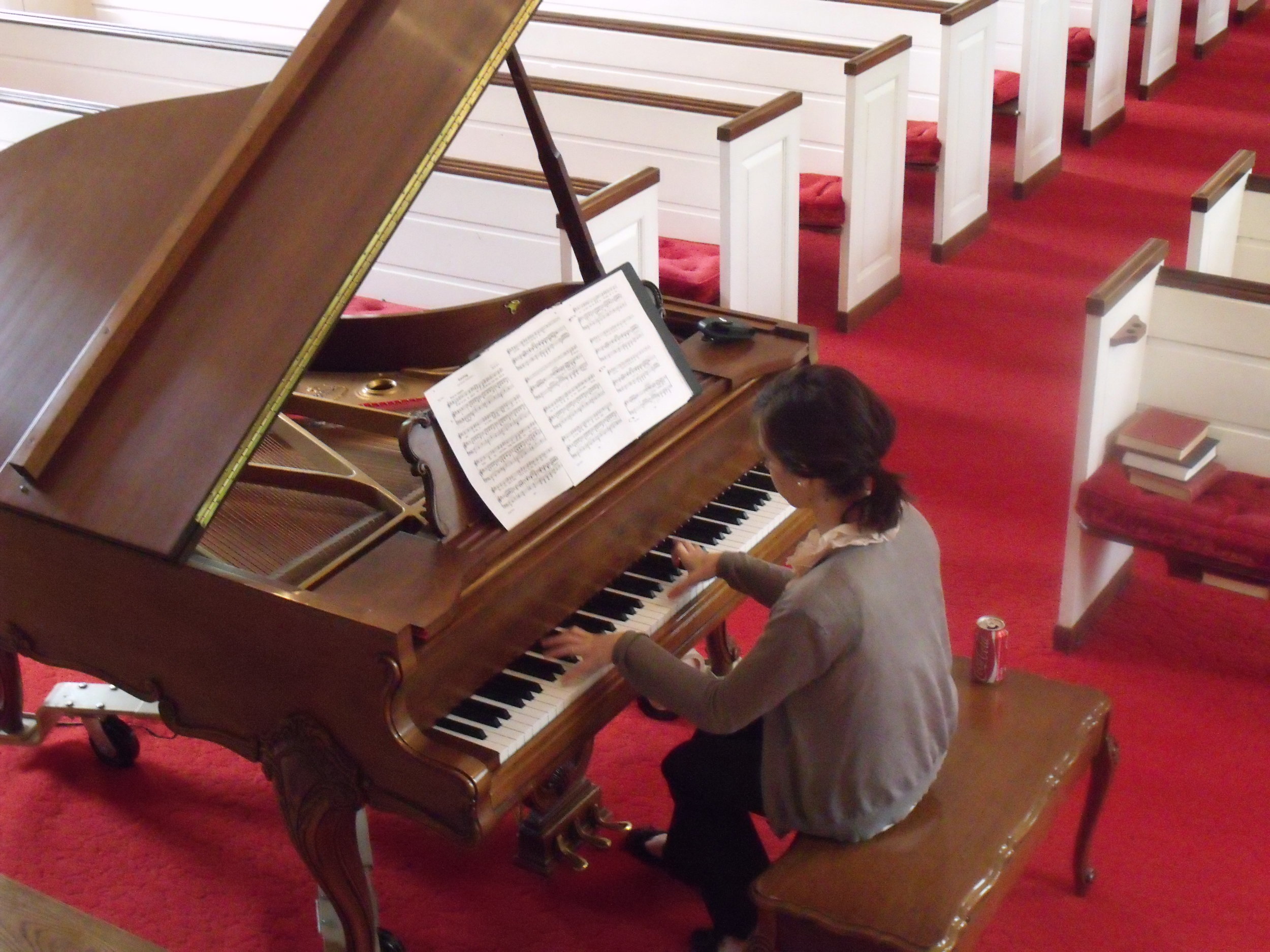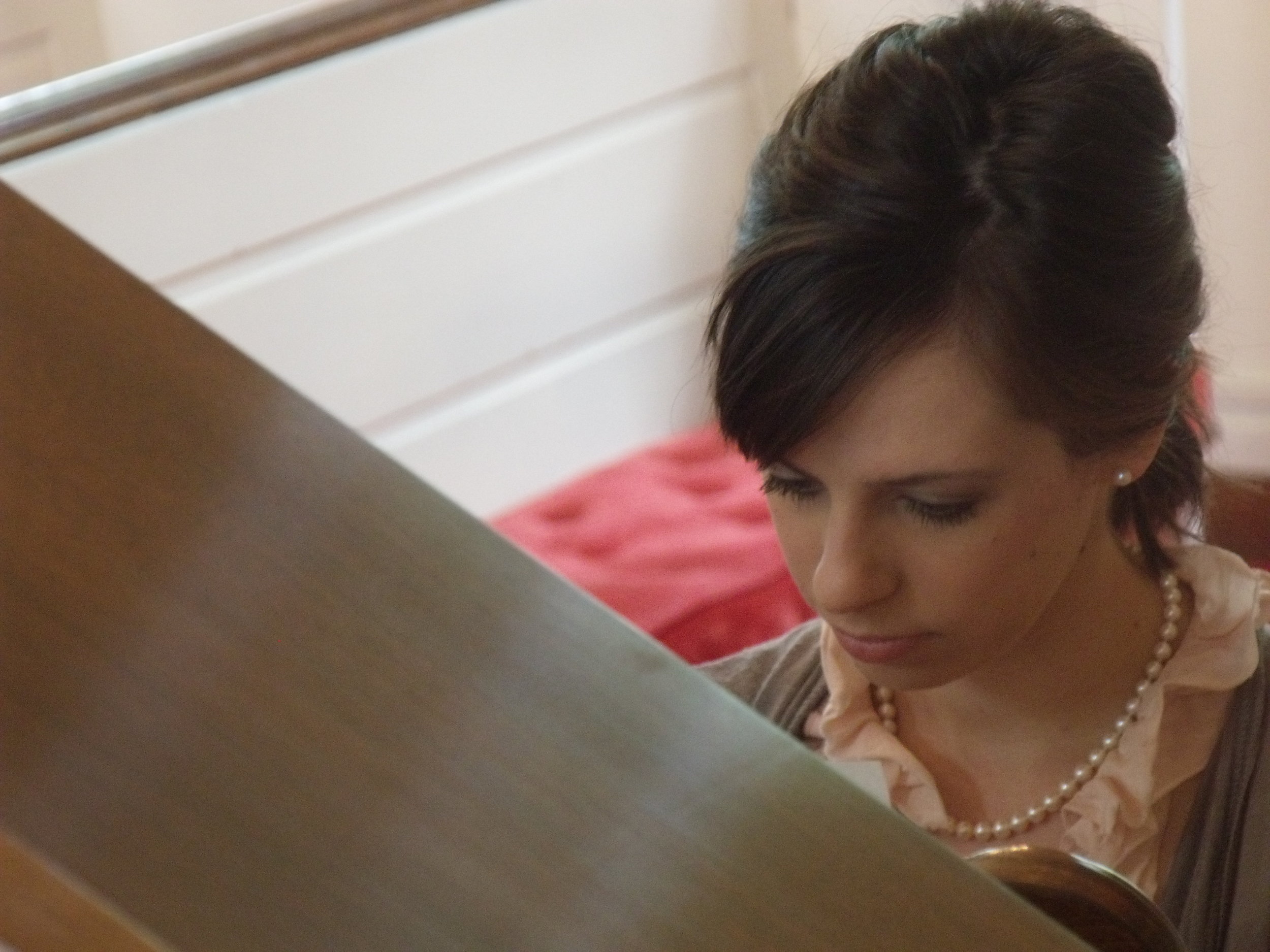 I love working with young children, particularly when we have the opportunity to sing! In my experience, most 4-year-olds are confident, adventurous, effervescent music-makers and they learn new things so quickly! When the opportunity arose to share a free program of music with a group of children from the community (ages 3-5), I was eager to take part. Together, Steve (known today as “Saxophone Steve”) and I planned a dynamic and interactive program featuring a series of familiar songs as well as a few new things.
I love working with young children, particularly when we have the opportunity to sing! In my experience, most 4-year-olds are confident, adventurous, effervescent music-makers and they learn new things so quickly! When the opportunity arose to share a free program of music with a group of children from the community (ages 3-5), I was eager to take part. Together, Steve (known today as “Saxophone Steve”) and I planned a dynamic and interactive program featuring a series of familiar songs as well as a few new things.
1. Hello there. We’ll begin with a simple call and response song to get everyone singing and moving.
2. Instrument Demo. With a surprise entrance, we’ll segue smoothly into a demonstration of the saxophone. Steve will talk about the high and low sounds a saxophone can make and ask the children to echo him. We’ll talk about funny sounds and pretty sounds and use a few short, prepared pieces to demonstrate a variety of musical styles. We’ll have the children participate by moving while we play. When we talk about animal sounds, we’ll lead right into a crowd favorite, “Old McDonald.”
3. Sing-a-long. We’ll lead a brief sing-a-long of songs we think they might know: “Twinkle, Twinkle, Little Star;” “The Itsy, Bitsy Spider;” and “If You’re Happy and You Know It.” We’ll talk about our different voices (whisper voice, speaking voice, and singing voice) and move along with the music as we sing. Simple visuals will help us explore form and repeated material. Sandwiched in between the songs they know, we’ll incorporate a song I think will be less familiar: “Oats, Peas, Beans” (with a simple movement activity).
4. Short Performance. To conclude the program, we’ll end with a short, prepared piece in ABA form (“Old Joe Clark”) and ask our little listeners to listen for the change in sections and respond with a given motion. Hopefully, this will keep them engaged in their listening.
Think of us at 10 a.m. as we gather in a room with 35+ preschoolers and their grown-ups for a time of music-making, teaching, and learning!
Image Credit: Nicholas Garofalo




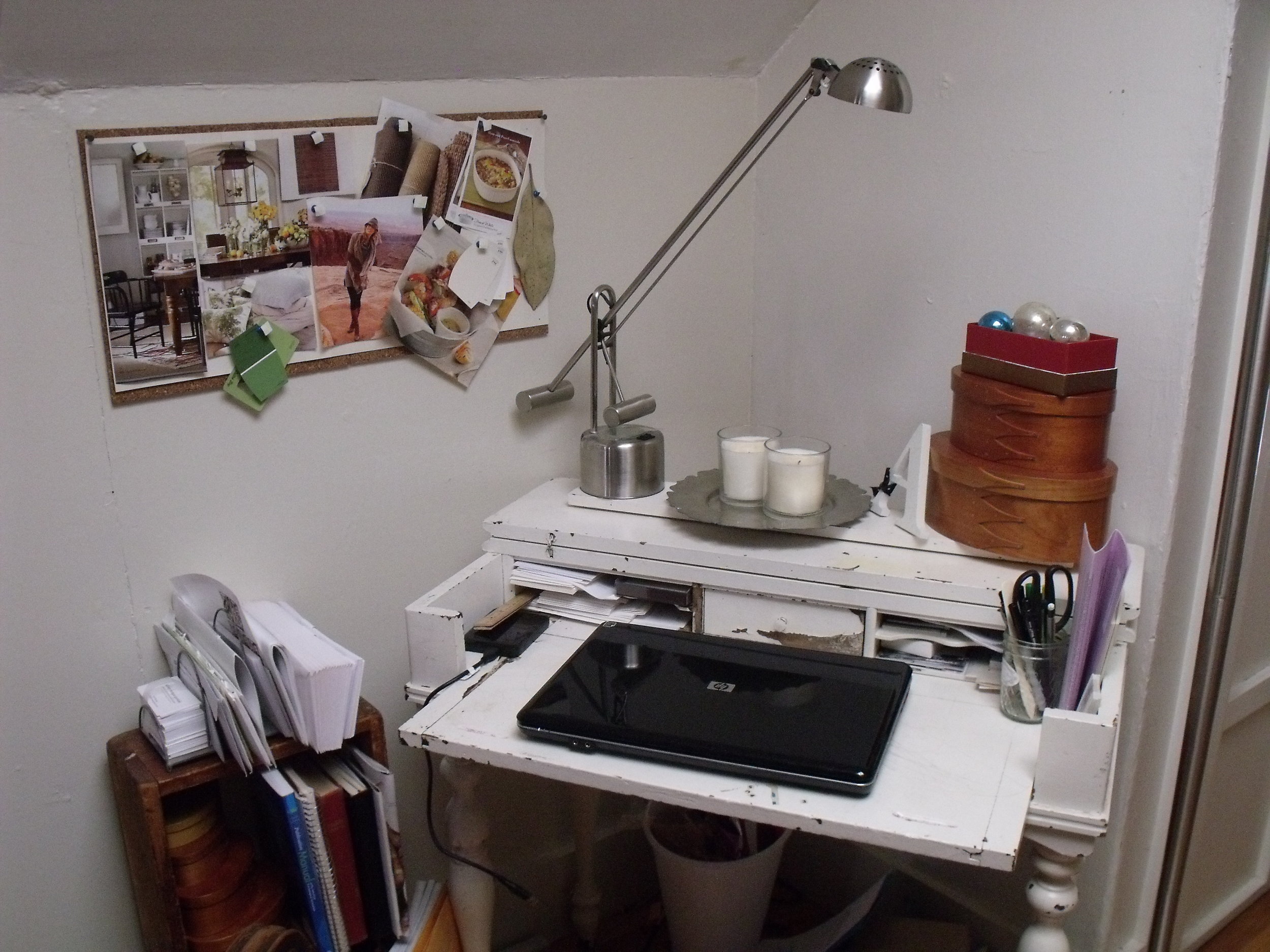 I am a freelance musician and largely self-employed. I have five part-time jobs, all in music. Christmas is the busiest time of the year. What does a “normal” work day look like? Let me give you a little glimpse! Tuesdays are generally a balance of church work, private teaching, and a little administrative work for some of my other professional work and yesterday was no exception! This was my day:
I am a freelance musician and largely self-employed. I have five part-time jobs, all in music. Christmas is the busiest time of the year. What does a “normal” work day look like? Let me give you a little glimpse! Tuesdays are generally a balance of church work, private teaching, and a little administrative work for some of my other professional work and yesterday was no exception! This was my day: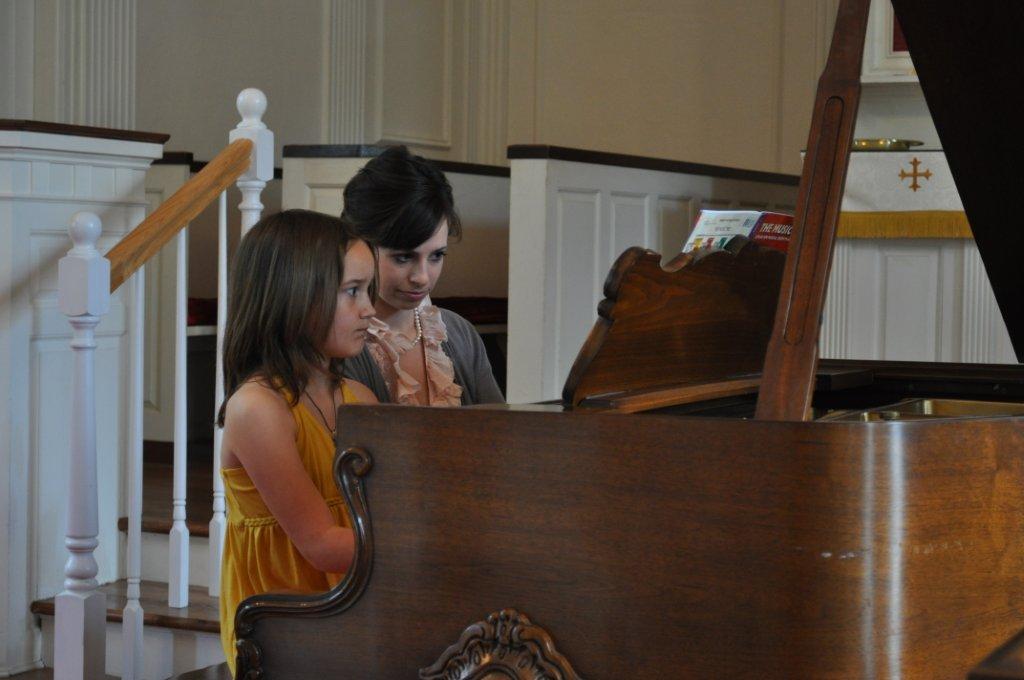 Look at me writing a post from my phone! That’s right – you’re looking at the newest member of the iPhone club! From FaceTime to iMessage to real-time traffic reports to web-surfing that’s faster than my laptop, I am a huge fan. I can keep up with my emails on the go, update Twitter and Facebook in one fell swoop, and of course, write these fun updates for y’all while I’m traveling!
Look at me writing a post from my phone! That’s right – you’re looking at the newest member of the iPhone club! From FaceTime to iMessage to real-time traffic reports to web-surfing that’s faster than my laptop, I am a huge fan. I can keep up with my emails on the go, update Twitter and Facebook in one fell swoop, and of course, write these fun updates for y’all while I’m traveling!











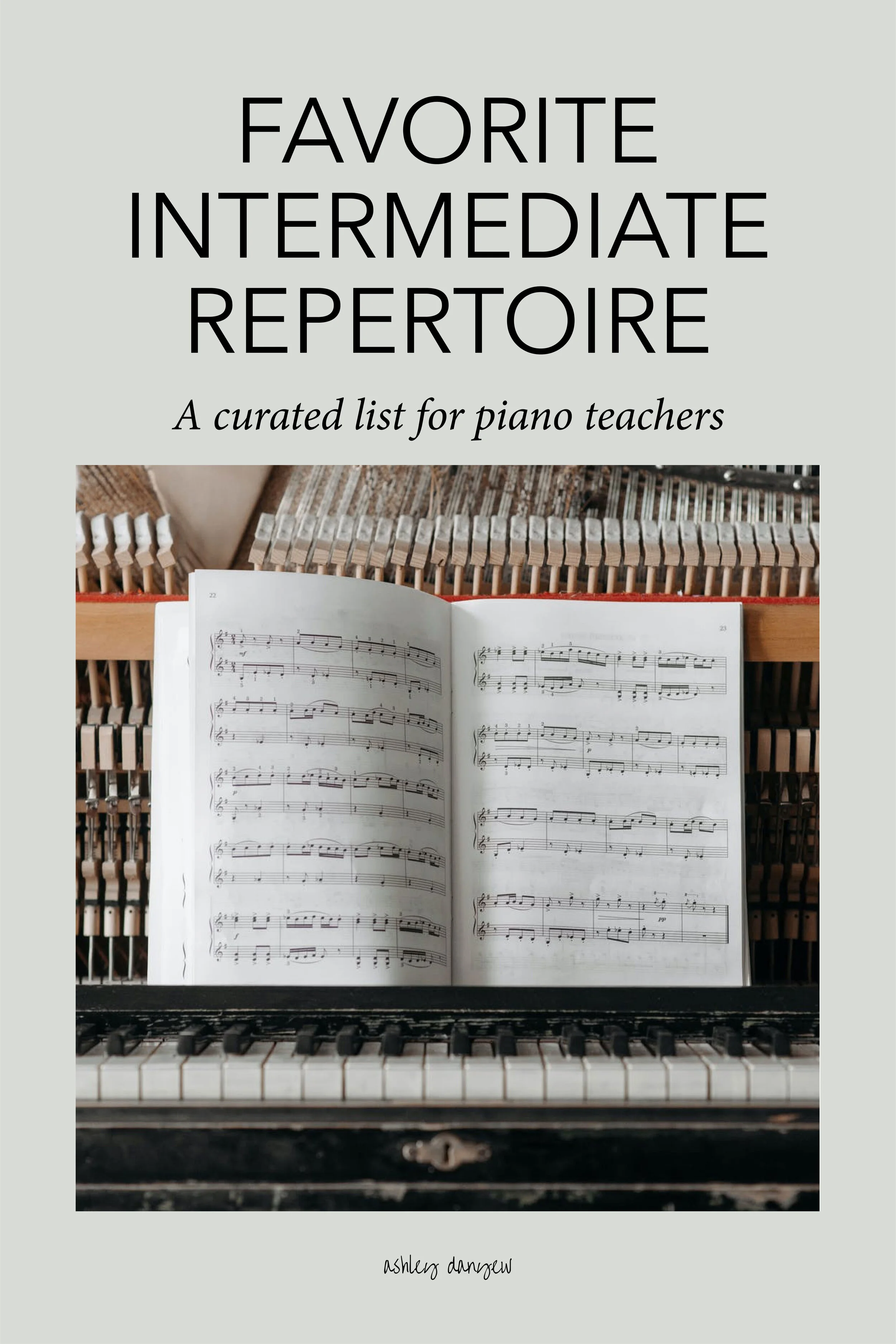
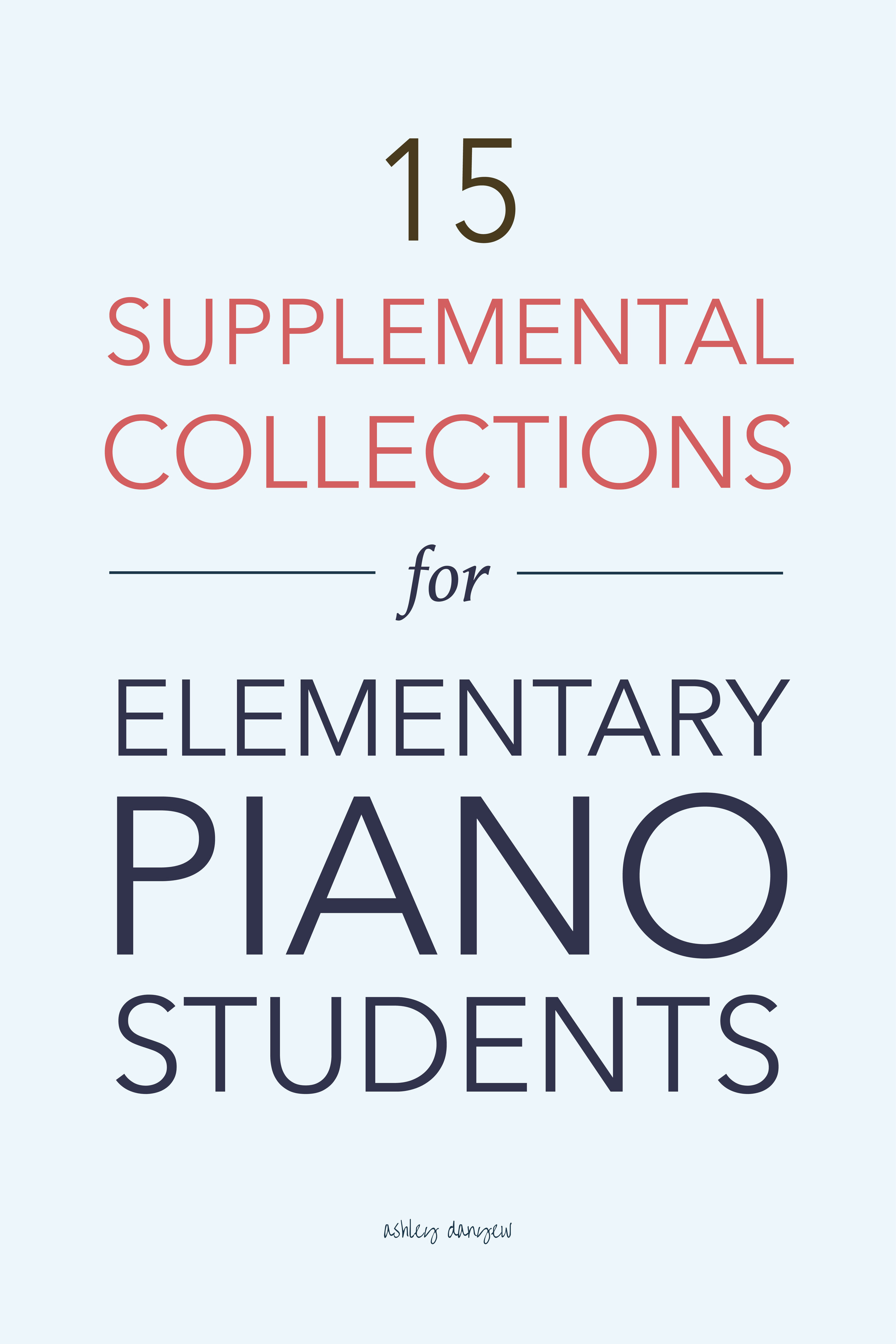

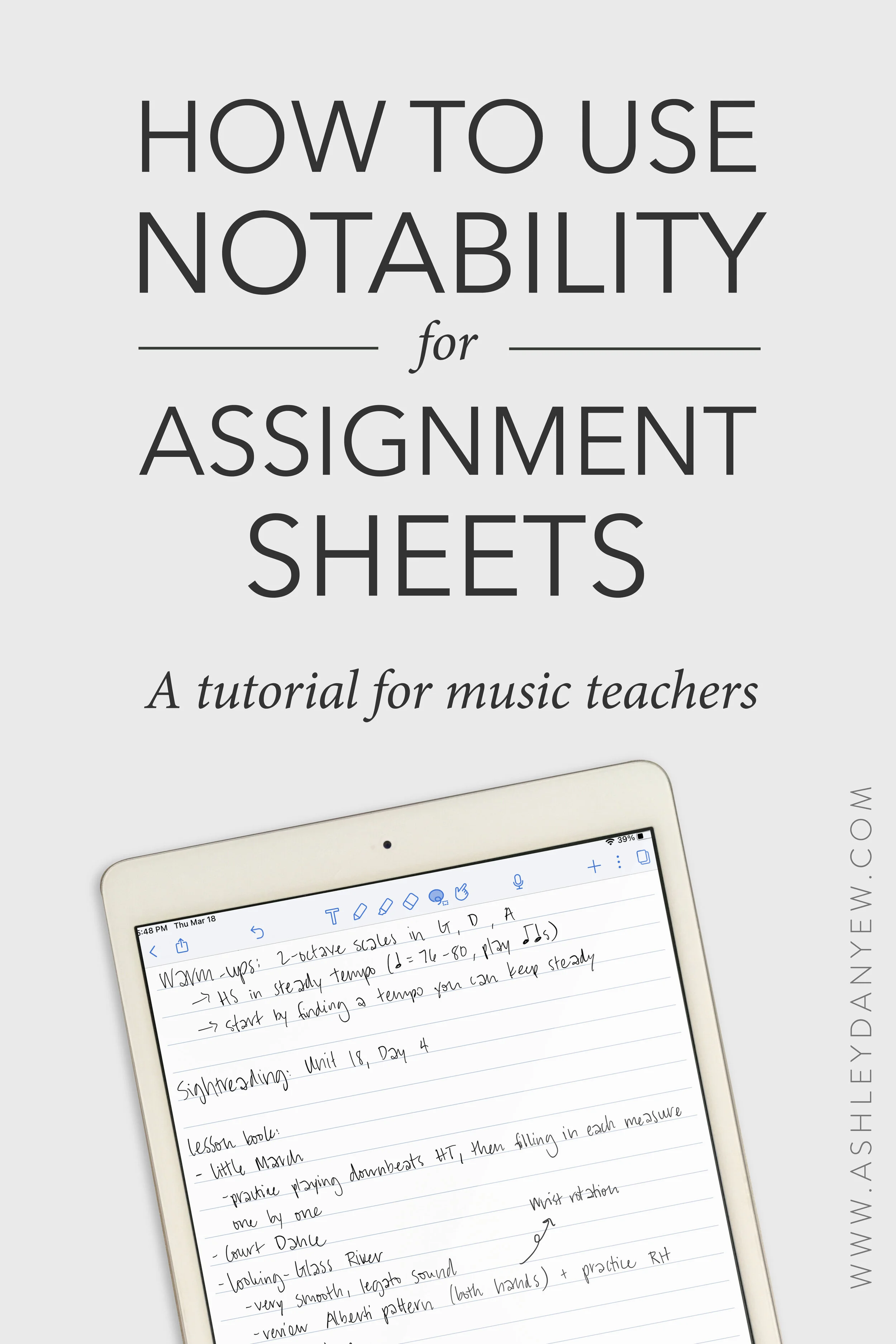
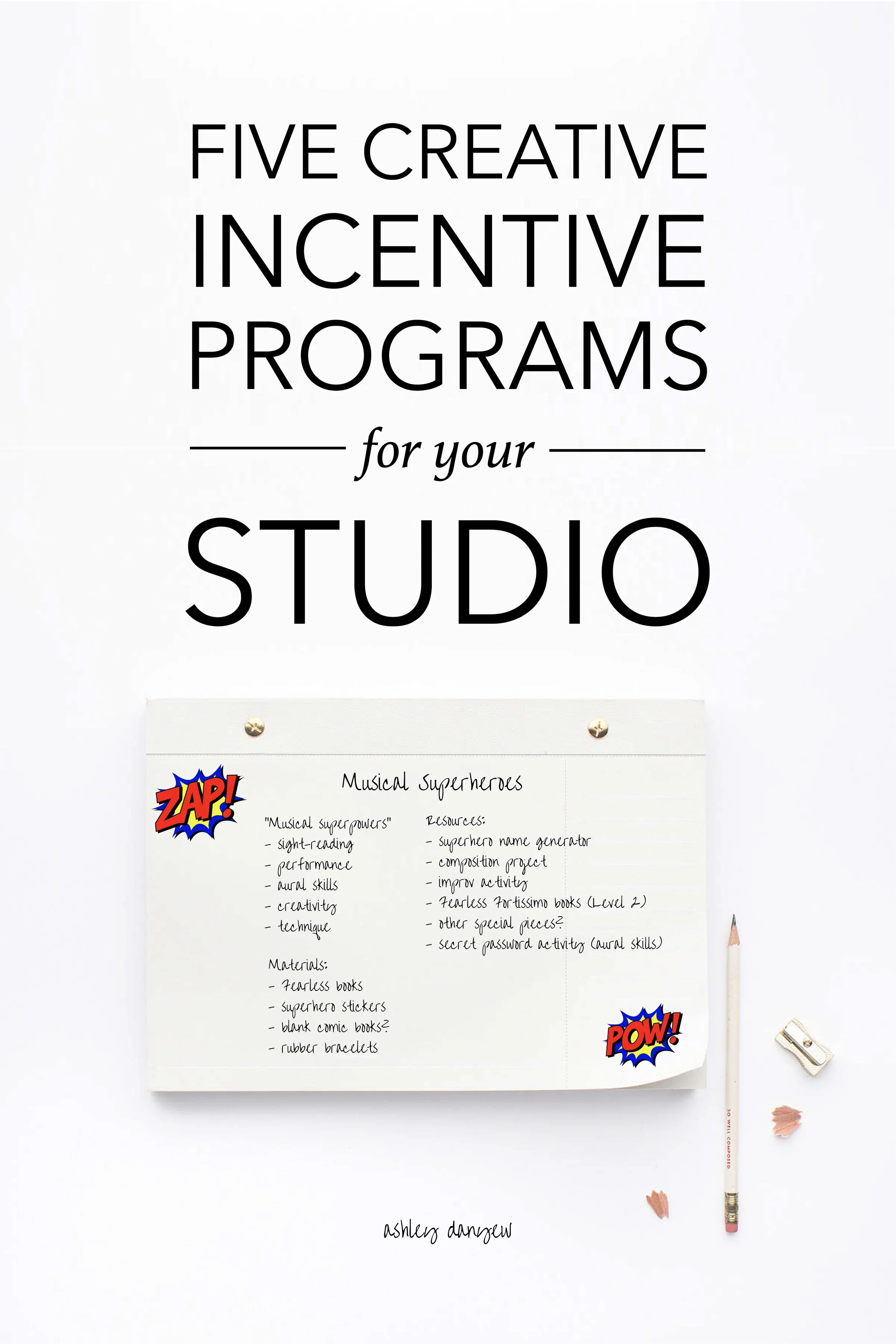


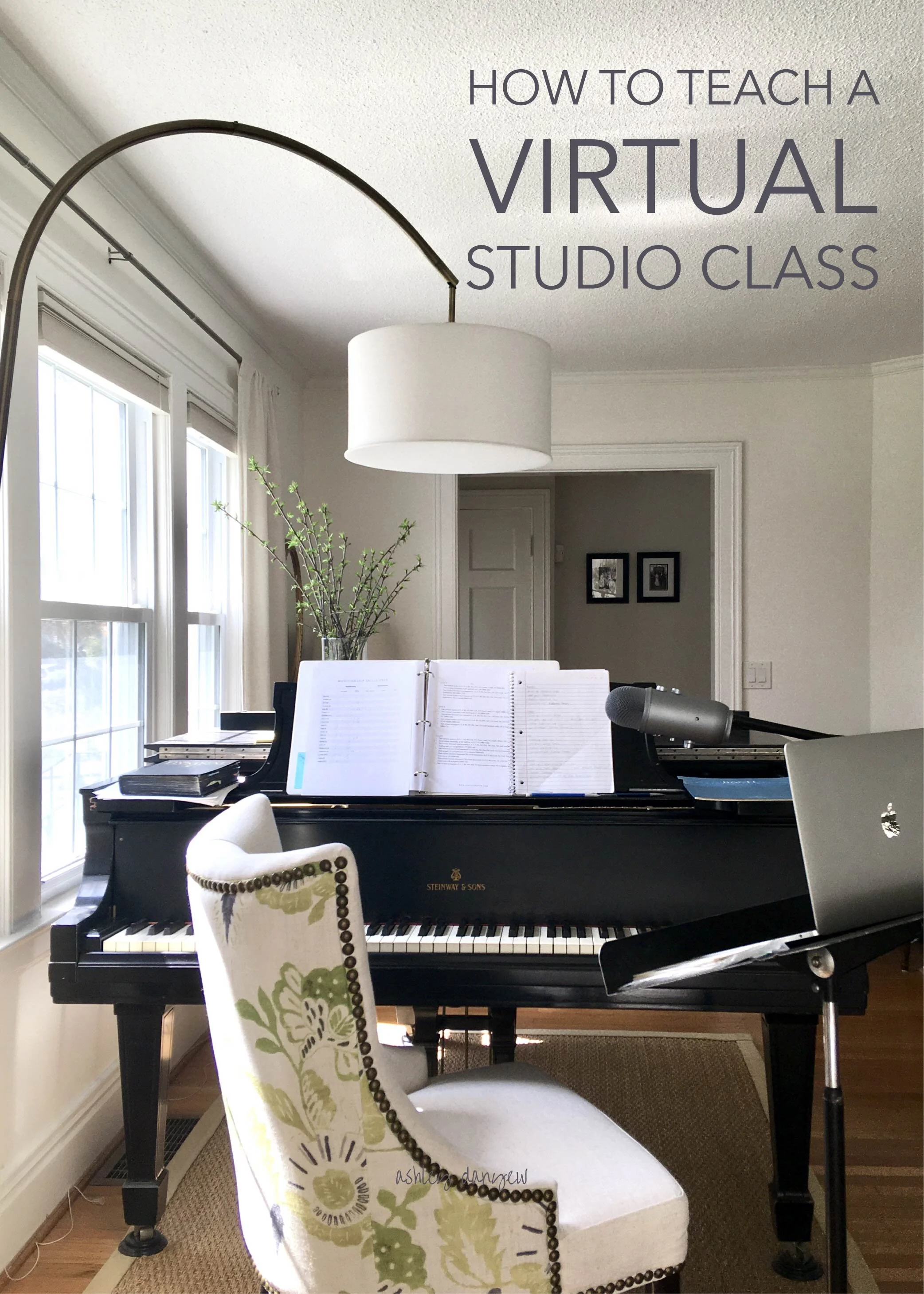
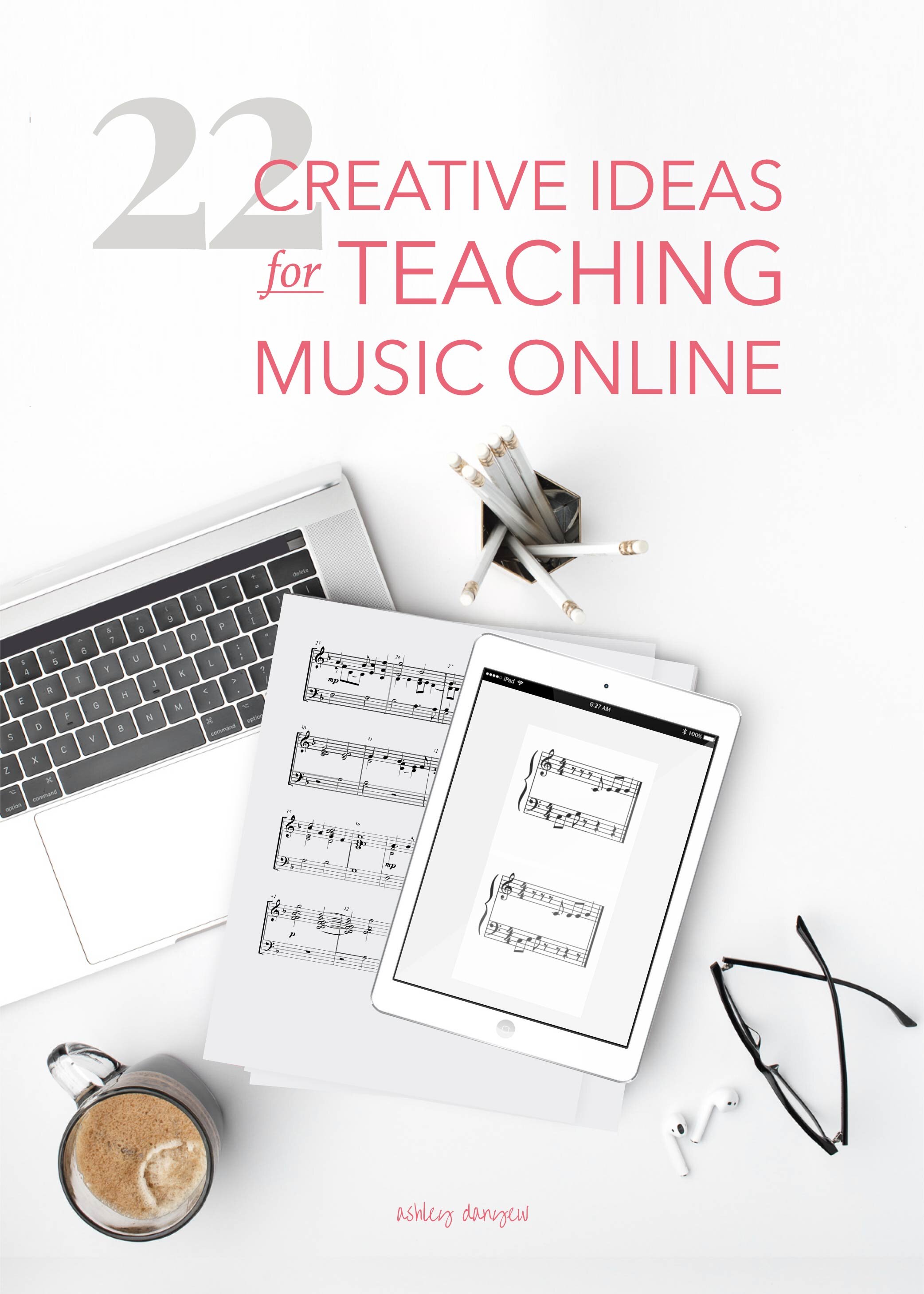
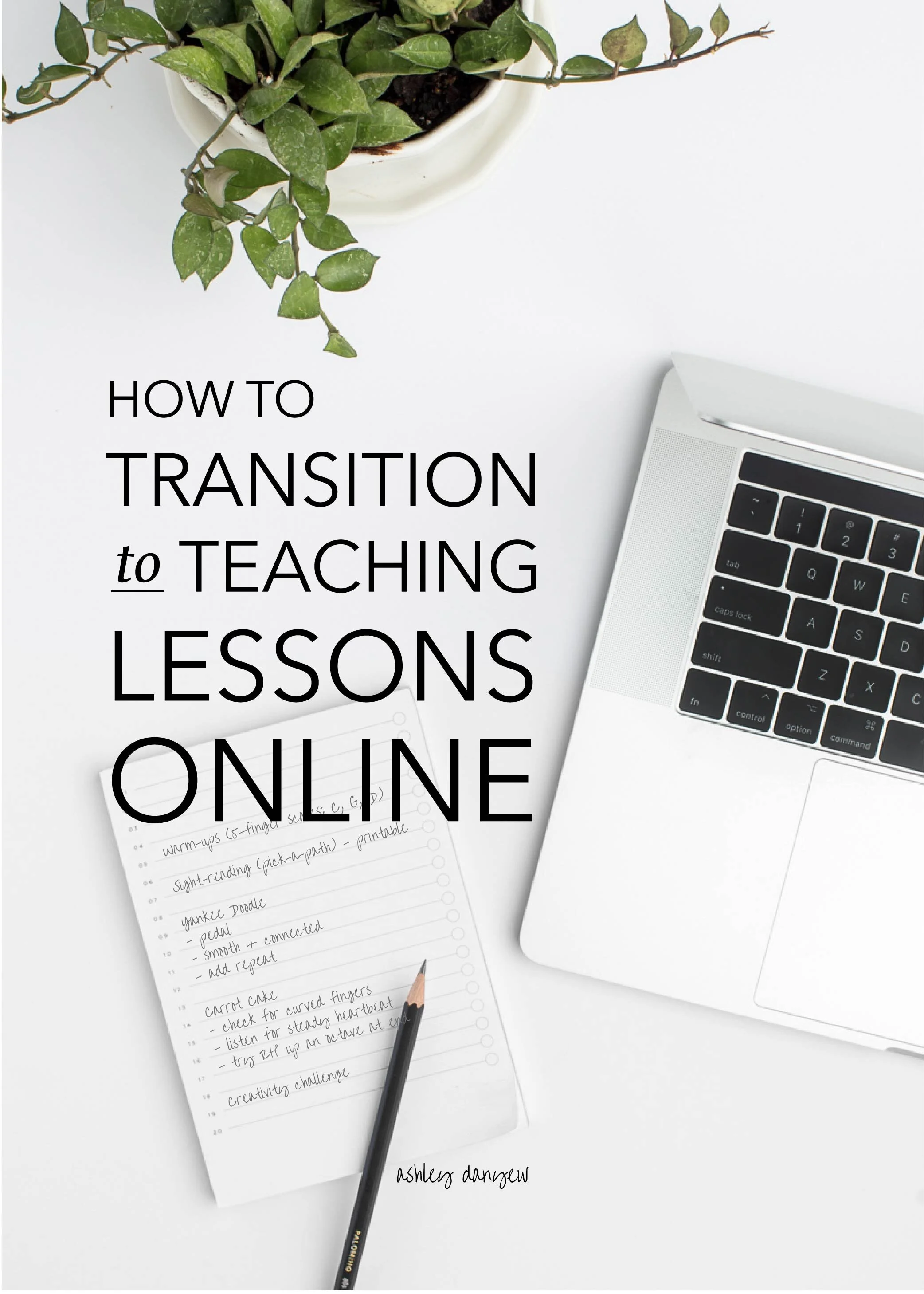









 It's my first day of school today - second year as a professor! What a different world it is to spend the last few weeks of summer checking enrollment, revising a syllabus, triple-checking all the technology in the classroom, and writing lesson plans.
It's my first day of school today - second year as a professor! What a different world it is to spend the last few weeks of summer checking enrollment, revising a syllabus, triple-checking all the technology in the classroom, and writing lesson plans. This past weekend, Steve and I held a joint studio recital (our first!) at the church. We had almost a dozen students sign up to participate and we've spent the past several weeks of lessons trying to prepare them to perform (for many, this was a first).
This past weekend, Steve and I held a joint studio recital (our first!) at the church. We had almost a dozen students sign up to participate and we've spent the past several weeks of lessons trying to prepare them to perform (for many, this was a first).
